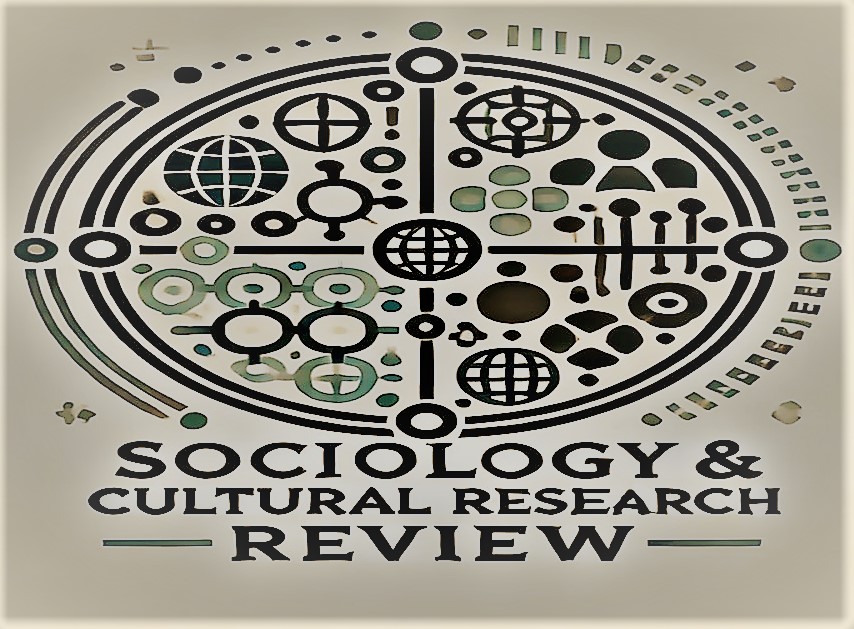Understanding of Rituals and Practices at the Shrine of Baba Fareed, Pakpatan
Abstract
This research investigated the ritual activity and the interfaith relations at one of the most important sacred places of Punjab; shrine of Hazrat Baba Farid Ganj Shakkar located in Pakpatan, Pakistan. The study explored these rituals as mediums of spiritual, cultural, communal, and religious coexistence in the region that is a product of centuries of plural religious practices. The work is based on the theory of Victor Turner (1969), in ritual and communitas, and the shrine rituals are seen as performative and transformational actions that bring about the collective emotional intensity and provisional social equality. In addition, the theory of religious pluralism and interfaith spatiality by Diana Eck (2001) used to interpret the shrine as a dialogic and inclusive sacred space. A site of encounter where Muslim and non-Muslim worlds of devotion intersect in terms of shared participation and embodied spirituality. Qualitative ethnographic case study was used. One year of immersive field work was carried out consisting of participant observation, field notes and semi-structured interviews with thirty gaddi nasheens (caretakers), devotees, and pilgrims of different religious backgrounds. The interview guide developed locally in the form of six thematic sections was piloted on linguistic and cultural relevance. Spatial order, affective moods, and ritual activities were recorded as field notes when the event was significant Urs celebrations, langar (communal meals) and Qawwali sessions. The data were coded using thematic analysis by Braun and Clarke (2006), and identified the following central themes: the meaning of rituals, the sense of the sacred, communitas, and identity. The results emphasize that Qawwali, Langar and the joint prayer are performative enactments of egalitarianism and piety, which produce what Turner terms a communitas of the sacred. These are practices that are not limited by sectarian geographical borders and therefore the shrine becomes a living space of coexistence where Sufi ethics and social inclusiveness intersect. It has shown that the rituals of the shrines are not passive repetitions of inherited traditions, but dynamic and ethical and socially integrative practices that make the pluralistic sacred geographies of modern Pakistan. The study has a strong point in its long-term ethnographic immersion, dialogic interaction with the participants, and the combination of lived spirituality into the theoretical interpretation. The present study adds value to the anthropological study of religion, South Asian Sufi, and interfaith dialogue as a novel source of empirical and theoretical information.
Keywords: Baba Farid, Sufi shrine, ritual practices, communitas, sacred space, interfaith coexistence, religious pluralism, Qawwali, Langar, Punjab, Pakistan




